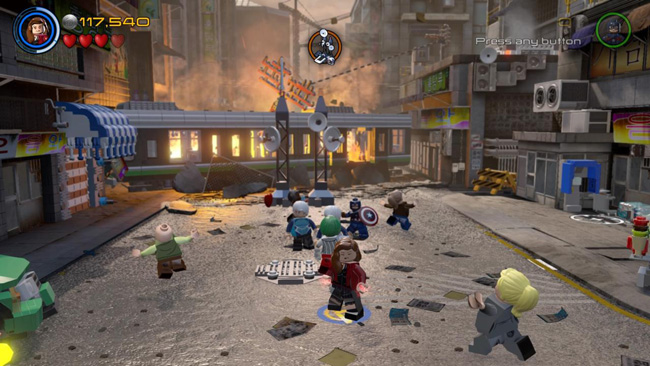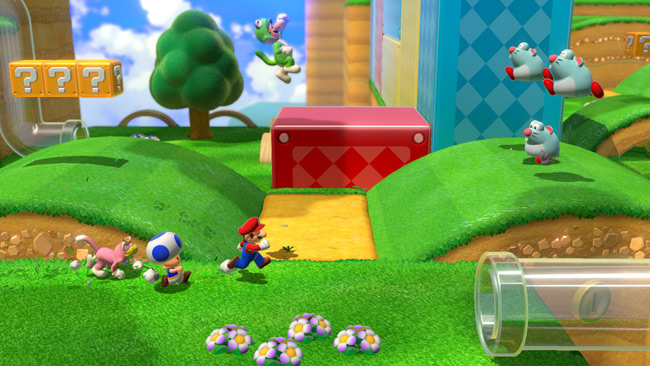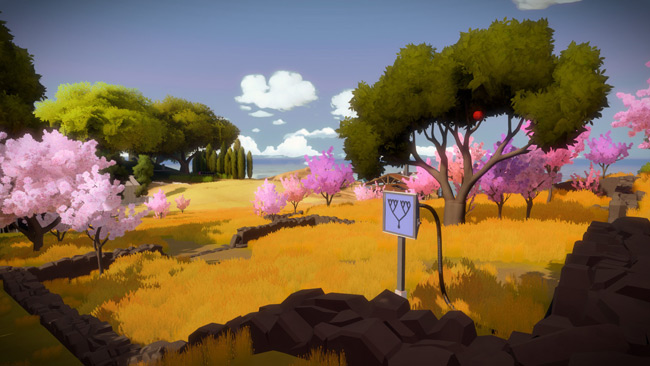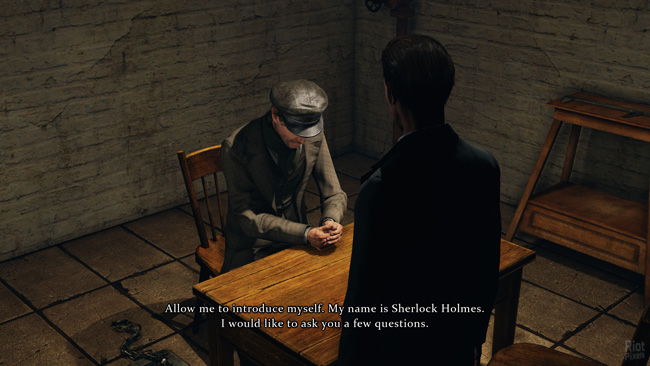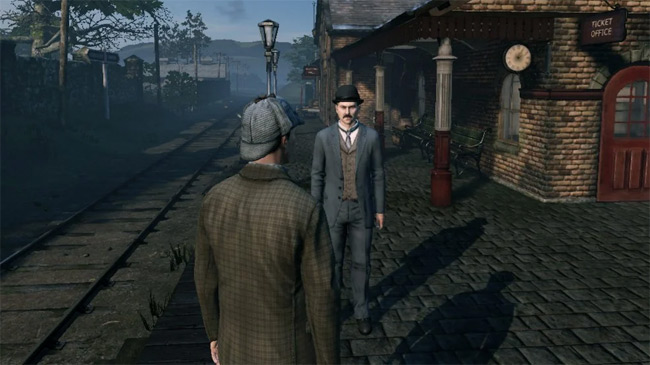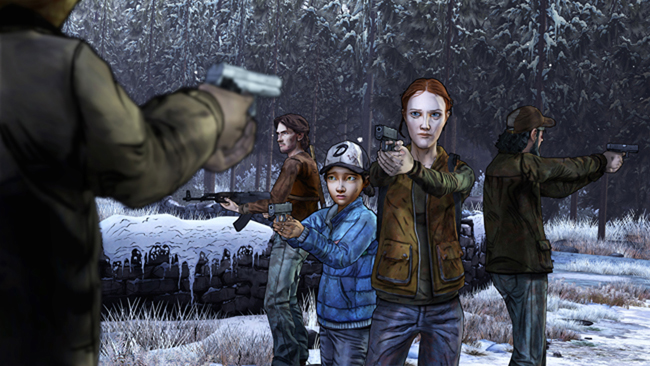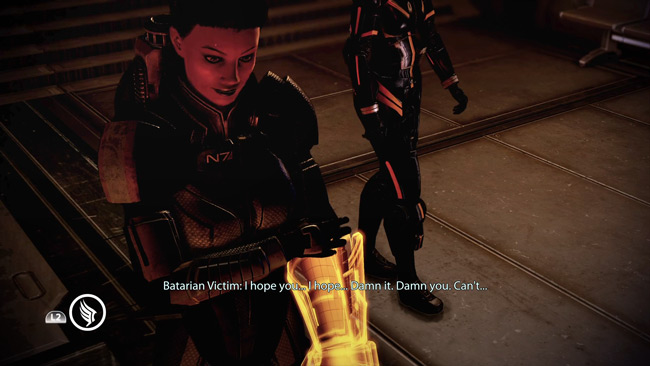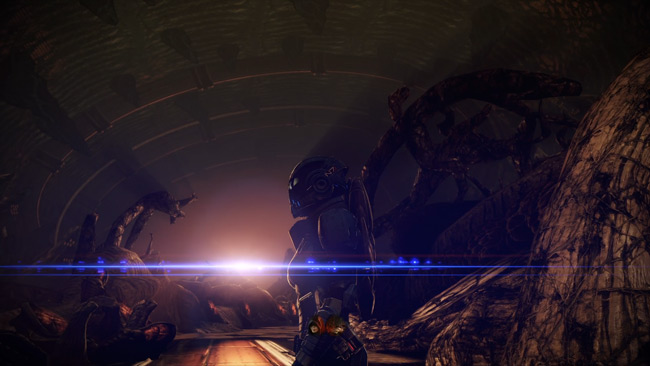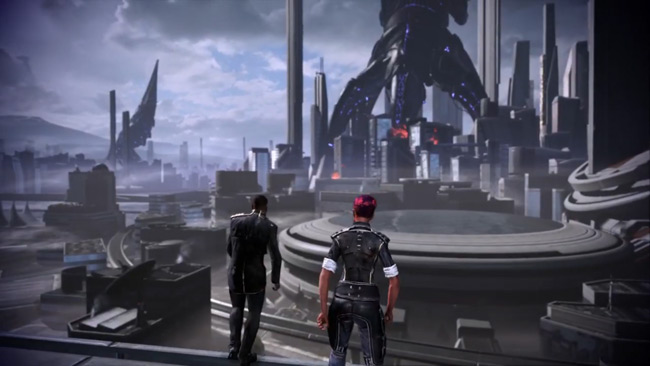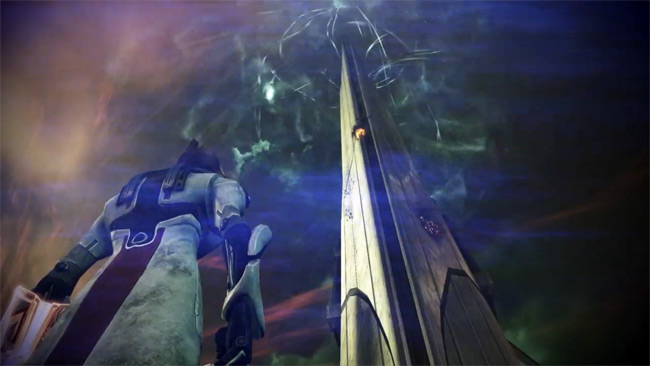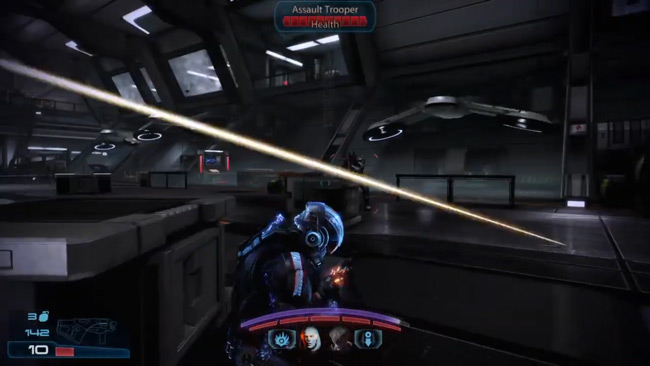Hi folks, I’ve been doing these “now playing” posts for a while but this is officially the last one. Probably.
Back in July last year, I purchased a big bundle of Lego games for the PC. I only really wanted two or three of them, but when a nine-game Lego bundle appears at a massively marked down price, I just can’t resist. It’s taken me a while to play all of them (minus the two I’d already played), but I wanted to write a little about each one and about the overall state of the Lego game phenomenon that has been valiantly propped up over the last eighteen years by British developer TT Games.
First of all, having played quite a lot of these Lego games now, I have reached a general conclusion. I think Lego games that feature ‘ordinary’ human people are significantly less fun than ones that feature super-powered people. Basically, Lego games peaked out of the gate with Star Wars. The combination of franchise and form was utterly perfect. Droids and ships made of Lego = cool. Smashing bricks with lightsabers = cool. Using the force to build things = cool. Every other Lego game has kept the template but changed the context, and it doesn’t work nearly as well. The exceptions to this are maybe DC/Marvel Superheroes, and possibly Harry Potter, because (again) powered-people are fun to play as.
Lego Jurassic World (2015)
With that in mind, let’s get onto Jurassic World. What could be so interesting about playing as a bunch of people whose abilities are “hitting things with their hands” and who are differentiated by the type of machines they can operate? Corporate workers can access certain computers, intellectuals can solves puzzle boards, archeologists can put bones together or dive into piles of poo… but you wouldn’t know from looking at them because they all look like ordinary Lego people. In fact, this is the first game in the franchise I’ve noticed where the characters’ abilities are written underneath their names!
Then we have voices. Again, back when Lego games used simple pantomime storytelling, you didn’t need voices. Putting voice samples from the actual movies into these games is a practice that started with Lego Lord of the Rings… with mixed results. Sound quality tends to come across muffled when they do that, especially compared to the new voices for other characters. In Lego Jurassic World, it definitely sounds like they got some of the recent cast back to do new lines, but this is mostly limited to the final quarter of the game, where suddenly the characters are incredibly verbose and obsessed with telling you exactly what they’re doing, while scenes from the earlier films are largely mute outside of cutscenes.
Still, the developer treats all these franchises with respect and good-natured humour, and I do enjoy the family-friendly visual comedy they add to the scenes. Particularly amusing is how nobody dies in this game. Dinosaurs never successfully eat anybody, or their victims miraculously escape unharmed. Even that poor tortured woman from Jurassic World survives inside the mouth of the mosasaurus!
Lego Marvel’s Avengers (2016)
This one is based on the Marvel Cinematic Universe (MCU) movies, rather than the wider Marvel comic characters. As such, it doesn’t feature the likes of the X-Men or Fantastic Four, nor does it cover anything after Avengers: Age of Ultron, thus no Spider-Man either. But there are still non-MCU characters in here, and it does offer a varied selection of abilities that are fun to use. The story mode jumps from one movie’s scenes to the next, not necessarily in chronological order, but all handled with the usual Lego flair and humour.
On the face of it, then, this game offers the best of both worlds – the excitement of playing as larger-than-life powered people, with the fun of seeing movie moments played out in Lego form. However, a few things let the game down. Firstly, it’s very focussed on combat, namely smacking legions of near-limitless identical baddies to pieces. When you’re trying to activate switches or aim your cursor at things, this onslaught of enemies is tedious and frustrating. The game tries to make combat more interesting by giving you powerful finishing moves, but these amount to nothing more than watching drawn-out animations, and it’s often difficult to know when you’ve got control and when you haven’t. Indeed, a lot of the action is spent watching little snippets of animation, Lego pieces falling into place or machines being activated, and the down time (when you can’t move or do anything) feels longer than it should be. It’s not a problem unique to this Lego game, but it’s especially annoying here.
Lego Marvel’s Avengers brings back a very similar (and very large) Manhatten open world that was featured in Lego Marvel Super Heroes (2013), but it also adds additional ‘mini-hub’ areas from the other movies, like Asgard, the SHIELD base, and the South African coast. Taken together, the game is absolutely massive and takes hours to fully complete. The most fun part of these games is flying around the city as your superhero of choice, doing checkpoint races, side quests, finding gold bricks and rescuing Stan Lee. The feel of flying around at high speed is well captured and exciting. It’s everything else that lets the game down and makes it feel tedious. I keep telling myself I won’t get 100% completion on these Lego games, as they become an obsessive grind – compelling and addictive, but not actually fun. And yet, I keep doing it anyway! No more, seriously.
Lego Ninjago Movie Video Game (2017)
I didn’t know there even was a Lego Ninjago movie, never mind that they also made a game of it. For that matter, I didn’t even know what Ninjago is, but it seems to be a bit like Power Rangers, with a team of multicoloured martial artists fighting the forces of evil with the help of giant mechs shaped like legendary animals. With scenes taken from the movie cutting in every so often, it’s clear that the movie is built on the success of The Lego Movie and uses a similar style of computer animation that looks like it’s made from stop-motion models. That style of animation works into the game’s own graphics as well, giving the characters stiff plastic limbs with none of the bend and stretch properties Lego games usually exhibit. This makes it feel more like you’re actually playing with Lego.
The gameplay is very similar to other Lego games, but they’ve at least tried to make the combat more interesting as it is the focus of the game. While you can button bash enemies to pieces, you do occasionally have to mix up your attacks to stop them from blocking you, and some of the special moves are quite satisfying. The acrobatic ninja skills deployed when running around the city, running up walls and swinging from things are also very fluid, while the wide open level design allows for unhindered movement, and not the cramped and confusing design of previous games. It’s a reasonable improvement in most areas.
The game is shorter than some others and has streamlined a few things, but often for the better. While it’s not going to win any awards, I did enjoy playing through this more than most Lego games I’ve played recently. If I had a particular affinity for the IP, I’d probably enjoy it more. Maybe I’ll check out the movie some time.
Lego Marvel Super Heroes 2 (2017)
This sequel to Lego Marvel Super Heroes (2013) returns to business as usual, with bendy/stretchy character animation. It’s not quite as combat-focused as the Avengers game but it still feels cramped and full of uninterruptible animations and unskippable cutscenes. The story is original and features the comic versions of the characters, but although the game isn’t based on the Marvel movies, it has clearly taken inspiration from several of them, including Guardians of the Galaxy, Doctor Strange and Thor Ragnarok.
Kang the Conquerer has merged different places and times into a single megacity called Chronopolis, which forms the explorable hub world. Much like New York, it’s full of crimes in progress, collectibles and Stan Lee in perilous cameos. Flying around the city is still kind of fun but doesn’t feel as good due to changes in control sensitivity. On the other hand, Spider-Man’s web swinging has improved since the previous game and he can now scale walls properly. The Fantastic Four are not present in the character list, due to some licensing issue, but there are plenty of other characters present and the game gives time to some more obscure ones that I otherwise wouldn’t have heard of.
Technical improvements include more advanced graphics, seamless underwater transitions, and a very comprehensive character creator! However, when playing the story levels, the interface is a little clumsy, the character icons often obscure the button prompts, it’s very fiddly switching to a character that you want, and context-sensitive actions can get confused in the muddle of crowded areas. Basically, all the problems you usually get with Lego games, plus a few more. It’s a decent co-op game, full of kid-friendly humour, with a nice presentation, but it offers little that’s new, and at this point I’m starting to get extremely tired of the formula.
Lego The Incredibles (2018)
If you were upset by the absence of the Fantastic Four in the last couple of Marvel Lego games, you can have the next best thing in The Incredibles, with Elastigirl, Violet, Dash, JackJack and Mr. Incredible himself all possessing a range of powers that are remarkably similar. Indeed, Pixar’s The Incredibles movie was arguably the best Fantastic Four film there’s ever been!
But there’s something about Lego-ifying this particular franchise that doesn’t sit quite right with me. It’s hard to explain, but changing live action characters into Lego mini-figs creates a cute interpretation that stands out. Pixar’s animated characters already stand out, with fantastically unique forms, expressions and bold silhouettes. Converting them to Lego makes them all look the same. Sure, Dash has stubbier legs, Bob has a giant body and JackJack is one piece of plastic, but something has been lost – larger than life CGI characters are swapped for less lively CGI characters.
The gameplay fits the theme really well, with familiar powers and obstacles, with a focus again on co-operative play. It’s well put together, if nothing new, and the integration of new voices into and around the existing scenes is really well done. The weird thing is the story mode puts the second film’s levels first, and the first film’s levels second. Why? I don’t know. I can only speculate that they wanted to push the second film more heavily as it coincided with the release of the game, but the first film is superior and its equivalent levels more fun – even if changes are made to the story to make it even more child-friendly and provide co-op opportunities (Gazerbeam is alive and playable, for instance!).
Beyond the story levels, there’s a city to explore, crimes to solve, characters to unlock (including a few surprise Pixar cameos) and bricks to collect. There aren’t many flying characters in the world of The Incredibles, but pick one of the few that can fly (with or without capes!) and it’s good fun to zoom around the city at high speed, homing in on collectibles with a handful of helpful red brick ‘cheats’ switched on. Despite the hundreds of collectibles, Lego The Incredibles is a little more streamlined than other superhero games in this list, but that’s absolutely fine, quite frankly.
Lego DC Super-Villains (2018)
The bad guys being the protagonists is nothing new – in fact, half of the original Lego Batman (2008) was spent playing as the villains. But with the release of the Suicide Squad (game and film[s]), Birds of Prey, and the upcoming Marvel equivalents, the anti-heroes are becoming popular again. This is the fourth DC comics Lego game, but the first one not to centre around Batman as the leading man.
There are solid production values here and the voice work is good. I recognised many of the voice actors straight away, including Mark Hamill’s Joker, Jeffrey Combs as the Scarecrow and what was presumably one of Kevin Conroy’s final performances as Batman (RIP). There are a lot of characters here, many of which I’m not familiar with, including alternate universe versions of the Justice League, who form the antagonists for the villains (and are secretly villains themselves – yeah, it gets a bit confusing).
Lego games have always allowed custom characters but this is the first one to incorporate one into the storyline, where you play as a ‘rookie’ villain who can absorb powers as you progress through the game’s 15 story levels. As before, there’s heat beams to break gold, bombs to break steel, electical beams, telekinesis and all the same powers you get in all of these games. Even the ‘mirror portal’ power from Marvel Super Heroes 2 reappears in a new form, as each Lego game takes elements from the previous one and builds upon them. But I am starting to think that these games aren’t intended to all be played – the fact that they’re all so similar makes me think you should just pick your favourite franchise and go with that – you’ll get broadly the same experience anyway.
Yet, here I am, playing through a massive collection of Lego games, because I am quite mad. There’s just one more in this bundle before I wrap things up. Let’s finish this…
The Lego Movie 2 Videogame (2019)
Not gonna lie, I don’t remember much about the second Lego movie. I recall that I enjoyed it but it wasn’t as memorable as the first. The videogame adaptation is not much help in jogging my memory as it features no clips or voices from the movie and, as far as I can tell, bears little resemblance to its plot. Instead of story levels, there are just a series of mini-hub worlds in which you must complete tasks to collect enough purple bricks (not the estate agents) to continue to the next hub, occasionally fighting some giant bosses, all while narration loosely links the events together.
This is a weird one, and I feel bad for complaining about it because I’ve spent the last two thousand words complaining that all these Lego games are the same, and this one is at least different. But it also feels ‘phoned in’, done on the cheap, and the lack of cutscenes also means it’s lacking the charming Lego humour. I can’t really recommend it, but it is at least pleasantly streamlined and doesn’t have the annoying unskippable sequences the other games usually have. Plus, it looks good, the whole game is made out of Lego and it has the movie style animation where everything is made out of solid plastic pieces.
But on that last point, there is a game that takes the solid plastic Lego aesthetic to a whole new level.
Lego Builder’s Journey (2019-2021)
Surprise – a bonus entry! I wasn’t intending to include this, as it wasn’t part of the same bundle… but it only took three hours to complete and it’s still technically a Lego game.
Developed by Light Brick Studio, originally for Apple Arcade for iOS and Mac, Builder’s Journey is a lovely (short) puzzle/story game, and nothing whatsoever to do with the TT Games Lego action titles above. This has more to do with building things than it does smashing them, as you move small pieces around a succession of dioramas in order to move a little Lego parent and child around on an adventure. It manages to tell a completely wordless story, about work, play, growing old and imagination (possibly, it’s vague!) and it’s really nice and atmospheric.
The puzzles layer on complexity gradually and teach you rules through experimentation. There’s often more than one way to finish a level, but there’s usually a specific thing you’re expected to do, like make a path to reach the other side, or activate a machine in a specific way.
It doesn’t always make sense and it’s sometimes too fiddly for its own good (I played with a control pad), but as a first release for this particular developer, it’s remarkably good and I recommend it highly for anyone who likes charming short games with cute stories. It’s also the most realistic-looking Lego title I’ve yet played.
Well, there you have it – I’m done with Lego games for a while! TT Games released Lego Star Wars: The Skywalker Saga last year, which seems like it’s their biggest and most ambitious Lego game yet, going back to the franchise that made them so popular in the first place… but I need a break before I dive into that. Thanks for sticking with this rather epic blog post about some games I’ve been playing! I’m probably gonna stop writing these for a while. Bye for now!

